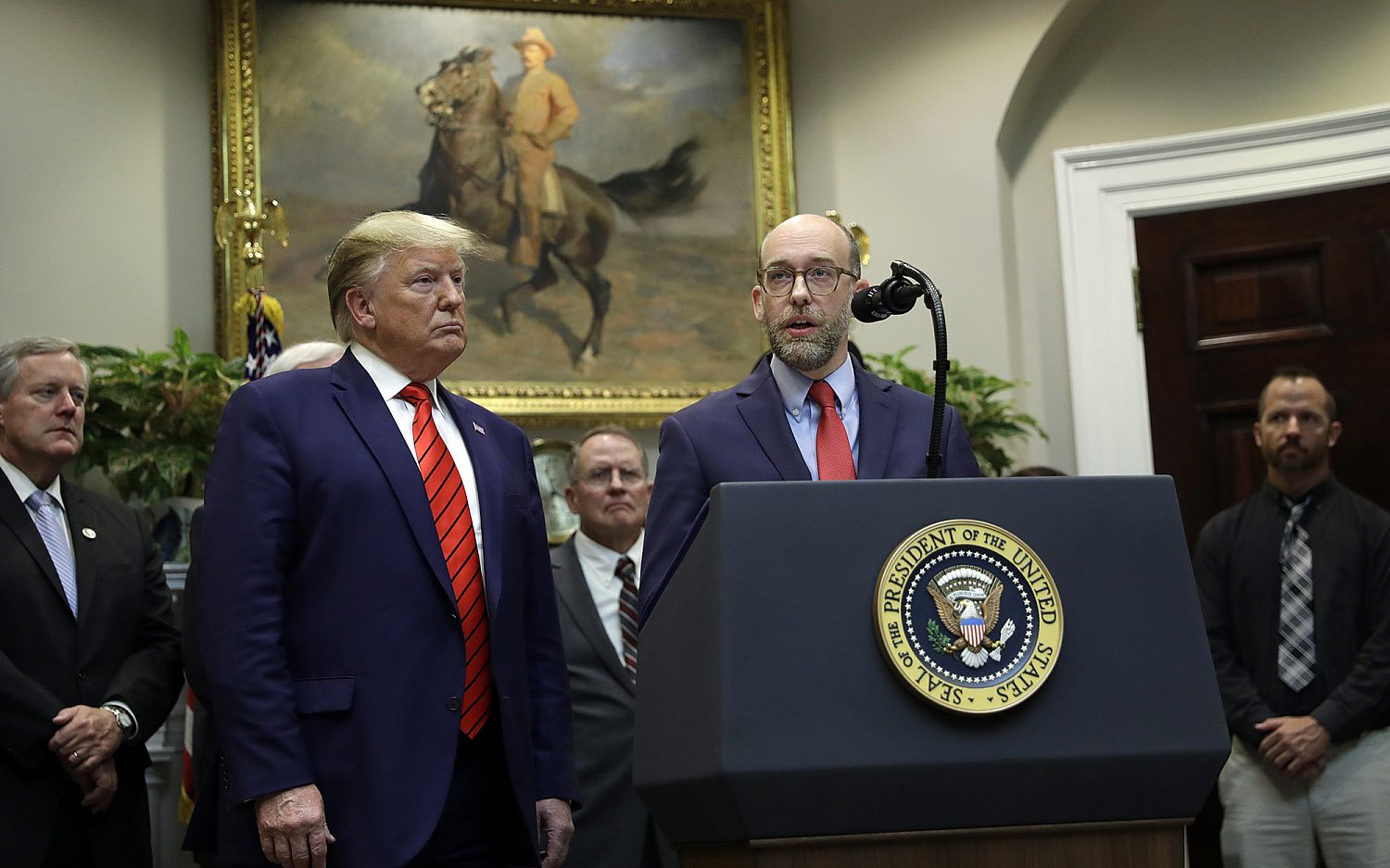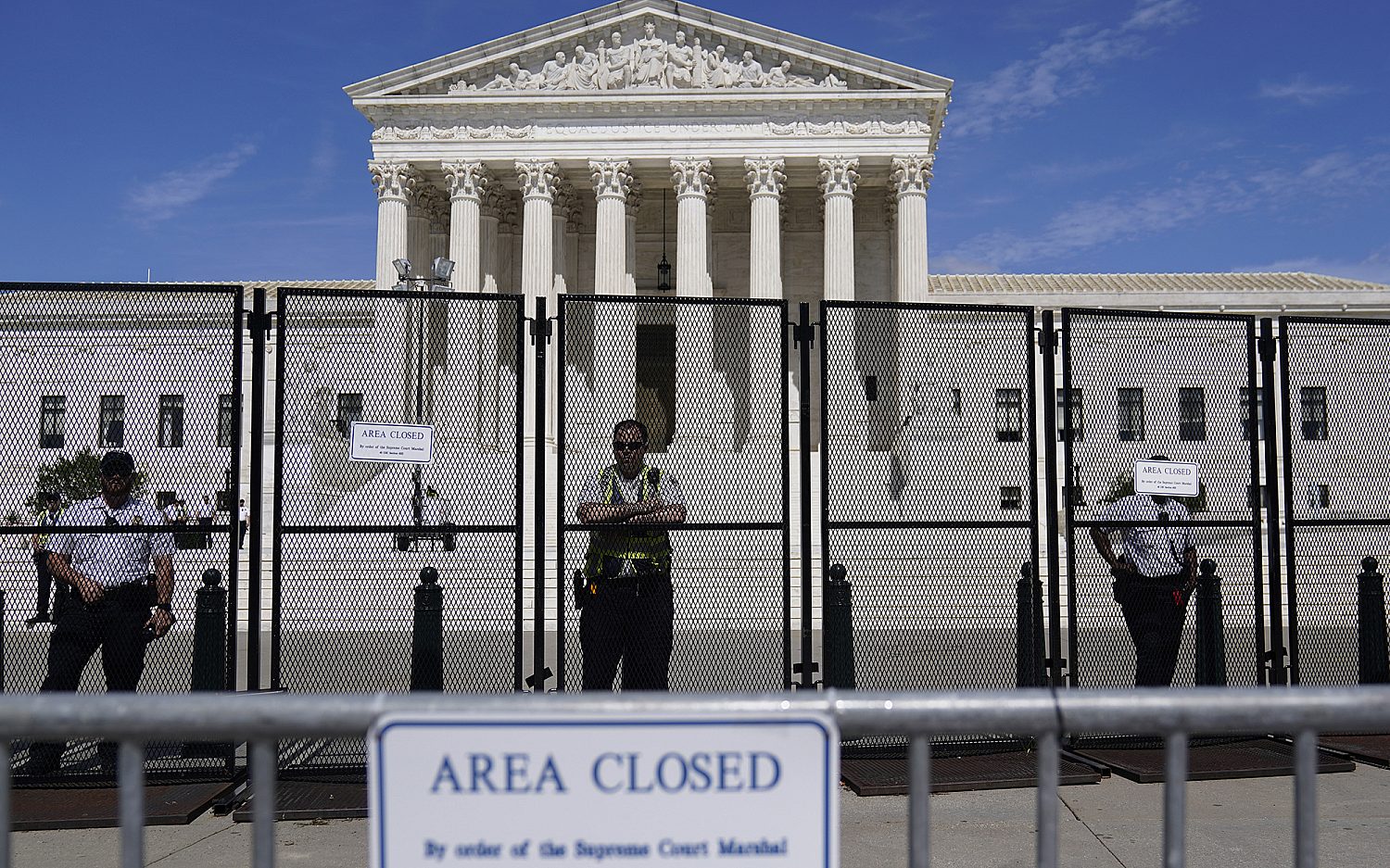Hey, soldier
National Army Museum at Fort Belvoir to reacquaint public with the American soldier; opening in 2015
The Army has chosen Fort Belvoir, located along the Potomac River just outside Washington, D.C., as the site of the first national Army museum, due to break ground in spring of 2012. It is scheduled to open on the Army's 240th anniversary, June 14, 2015.
The National Army museum is the designed to cover the "comprehensive history" of the Army, said Colonel Dave Fabian, director of communication and public affairs at the Army Historical Foundation.
The Army Historical Foundation is a non-profit organization which helps refurbish historical Army buildings, acquire and conserve Army historical art and artifacts, support Army history educational programs. So far, the Foundation has received $60 million in donations and pledges by various corporations, foundations, veterans' service organizations, and over 85,000 individuals, according to its website.
It will be the first Army museum of that scope in the country. While the Army currently has museums across the country they are "very small or very specialized," said Fabian. They tell the story of a particular division, unit or unit of the Army. "When you go to a local, regional division museum, you see history presented in the context of that division's defense of the country."
The Army is the last branch of the military to acquire its own museum, as the Marines, the Navy, and the Air Force have national museums. It has been the works for a long time, though, said Fabian. In 1814, Congress directed an Army museum to be built, but after $500 was apportioned, no one took further action. In 2008, Congress directed the Secretary of the Army to look for suitable sites for an Army museum.
The Museum is slated to occupy 41 acres on Fort Belvoir property. The exhibits are designed to acquaint the public with the Army as a whole, and its accomplishments, both in war and in peace. The main exhibit is titled "Soldier's Stories."
"[It] will re-accquaint the American public with the American soldier," Fabian said. "We have a very different Army now, which evolved in the 70's." Prior to the 70's, the Army was built on conscription, which drafted only men. Time has changed it to the "modern volunteer Army," which has a more diverse profile.
A special exhibit will be dedicated to the Army's achievement in peacetime, medically and technologically, which is a first for any military museum in the country, Fabian said. The first space-rockets, the first computer, ENIAC, and the GPS system were developed by the Army. It was also the first to integrate the military services, and to institute gender equity, Fabian said.
The exhibit will be accompanied by an area for STEM (Science, Technology, Engineering, and Math) education. To encourage participation in the sciences, the museum will hold Army-oriented activities and challenges for science-minded highschoolers.
"The American public has lost track of the soldiers and the good they do," said Fabian. In World War II, the population was 160 million and 10 percent of those Americans were in uniform. Today, there are 300 million Americans and less than one half of one percent is in the Armed Forces, said Fabian. By learning about the soldiers through their own stories, he hopes that visitors will be able to close the gap between the people and the Armed Forces.
"A great Army deserves a great museum," Fabian said. With fundraising on-schedule, he anticipates opening on-time in 2015.
An actual newsletter worth subscribing to instead of just a collection of links. —Adam
Sign up to receive The Sift email newsletter each weekday morning for the latest headlines from WORLD’s breaking news team.




Please wait while we load the latest comments...
Comments
Please register, subscribe, or log in to comment on this article.